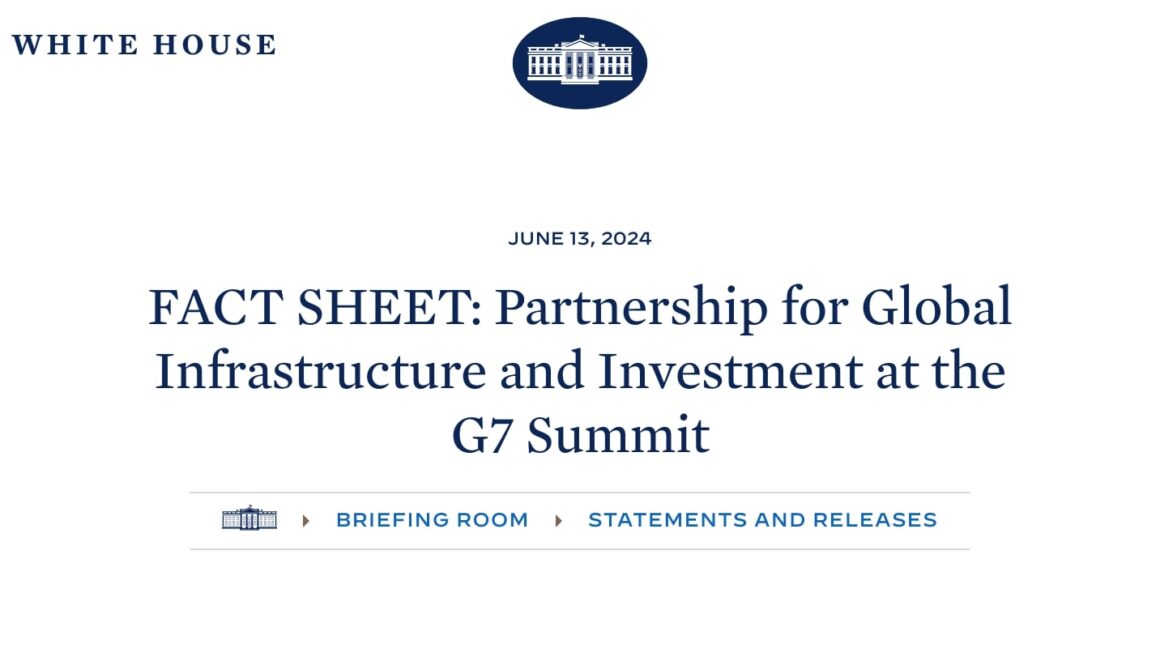Cryptocurrency is not a new concept to the world of finance. However, a new form of digital currency is currently being developed by the International Monetary Fund (IMF) that has caught the attention of the global community. Known as the Universal Monetary Unit (UMU), this central bank digital currency (CBDC) was recently unveiled at the IMF’s spring meetings.
The UMU has been developed to function just like a CBDC and serves as a legal and global money commodity. One of its primary purposes is to ensure that banking regulations are enforced, while also protecting “the financial integrity of the international banking system.” Banks will be able to use Unicoin, the cryptocurrency powered by the UMU, via SWIFT codes and bank accounts linked to a UMU digital wallet. This will facilitate digital cross-border payments modeled after the existing SWIFT system. The IMF has stated that this will allow for the best wholesale exchange rates of settlement currencies, along with real-time settlement “while bypassing the correspondent banking system.”
The current cross-border payment system is admittedly slow, expensive, and risky. The IMF believes that the implementation of UMU will strengthen the existing international monetary system. The IMF also wants UMU to be overtly a central bank-controlled cryptocurrency or “Crypto 2.0,” as they refer to it. They want to distance themselves from decentralised digital currencies, which are traditionally associated with cryptos.
Despite the IMF’s enthusiasm, centralised cryptocurrencies like UMU are overwhelmingly unpopular among the general public. Most people believe that CBDCs like UMU are a pathway straight into an even worse financial slavery system than the one that already exists. If central banks control the future of digital money, all types of spying, tracking, social credit scoring, and other tyrannical schemes will be embedded into it, leaving humanity with no more freedom or liberty.
Critics also worry that CBDCs like UMU will introduce social credit scores and digital IDs, thus forcing individuals to cede control of their assets and/or the amount they spend to the government. Unlike cash and decentralised crypto, CBDCs are feared to spell the end of private financial affairs and usher in even more surveillance by the authorities.
Many people believe that this move towards CBDCs is leading towards the infamous mark of the beast, which will be a necessary component of buying or selling. Some question whether this mark will be a CBDC like UMU or a more decentralised paradigm that emerges just in time to “save” the world from the threat of a CBDC like Unicoin.
Regardless, the implementation of UMU is set to change the future of cross-border payments and global finance. While the IMF believes that UMU will strengthen the international monetary system, only time will tell how it will be received by the general public and its potential impact on privacy and personal liberty.














